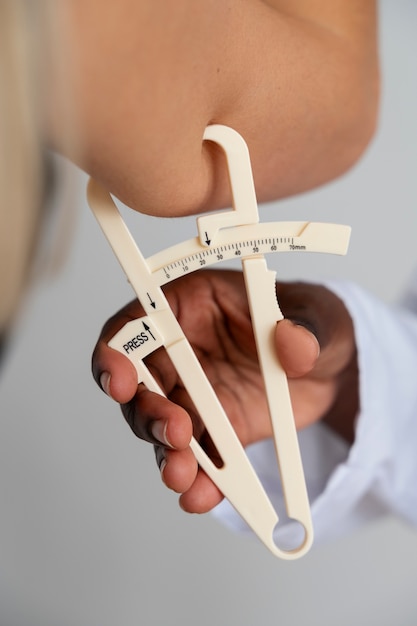
As we get older, our eyes experience changes that can affect our vision and overall eye health. Common eye conditions become more frequent among seniors, impacting their quality of life and independence. Knowing about these conditions and their statistics can help us make informed choices about our eye health. Understanding the prevalence and effects of these conditions equips individuals, caregivers, and healthcare professionals with the knowledge necessary for effective eye care and promoting healthy aging.
Let’s dive into some statistics regarding common eye conditions in older adults. The eyewear and eyecare industries play a crucial role in many people’s lives, so it’s essential to understand the significant figures associated with these sectors.
1. Age-Related Macular Degeneration (AMD)
AMD is a major cause of vision loss in older adults, affecting the macula—the part of the retina responsible for sharp, central vision. As reported by the National Eye Institute, around 11 million people in the U.S. have some form of AMD, with numbers expected to rise as the population ages. Early detection and timely intervention can help slow its progression and preserve vision.
2. Cataracts
Cataracts, which cause clouding of the eye’s natural lens, are a common age-related issue affecting millions worldwide. They are responsible for about 51% of global blindness, according to the World Health Organization. In the U.S., over 24 million people aged 40 and above are affected by cataracts. Fortunately, cataract surgery is highly successful, often restoring vision and quality of life.
3. Glaucoma
Glaucoma involves a group of eye conditions that damage the optic nerve, leading to gradual vision loss and often linked to increased eye pressure. This condition significantly contributes to blindness worldwide. In the U.S., approximately 3.5% of people aged 40-80 are affected. Early detection and treatment like eye drops, medication, or surgery can help manage it and preserve sight.
4. Dry Eye Syndrome
This condition, marked by insufficient tear production or poor tear quality, causes discomfort, blurry vision, and light sensitivity. The prevalence increases with age, affecting about 5-30% of those aged 50 and older, according to the American Academy of Ophthalmology. Although it can significantly impact life quality, treatments like artificial tears, medications, and lifestyle changes can offer relief.
5. Diabetic Retinopathy
A complication of diabetes impacting retinal blood vessels, diabetic retinopathy is a leading cause of vision loss among working-age adults. The risk grows with age and diabetes duration; about 28.5% of people with diabetes aged 40 and older have it, as per the American Diabetes Association. Managing this condition requires regular eye exams, blood sugar control, and timely treatment.
6. Presbyopia
This age-related issue affects near vision as the eye’s lens loses flexibility, making it hard to focus on close objects. By 2050, over 1.8 billion people globally are expected to experience presbyopia. Solutions like reading glasses, bifocals, or multifocal contacts can help manage it and restore near vision.
7. Retinal Detachment
This occurs when the retina detaches from its normal position, with age being a significant risk factor. It affects approximately 1 in 10,000 people yearly, mostly those aged 50 and older, according to the American Society of Retina Specialists. Prompt treatment is essential to prevent permanent vision loss.
8. Age-Related Eyelid Disorders
Conditions like drooping eyelids (ptosis) and eyelid malpositions become more common with age. Ptosis can affect vision and appearance, impacting about 14% of individuals aged 70 and older. Eyelid malpositions can cause discomfort and vision problems, but timely surgeries can improve both function and aesthetics.
Understanding these statistics highlights the importance of proactive eye care and early detection. By raising awareness of these conditions, we stress the need for regular eye exams, lifestyle changes, and timely treatments. Comprehensive eye care can help older adults maintain good vision, independence, and a better quality of life in their later years.









